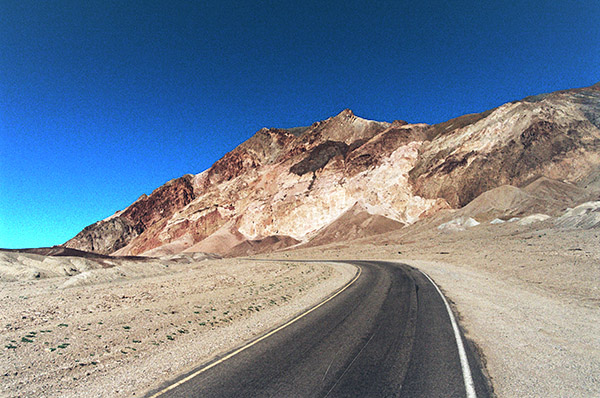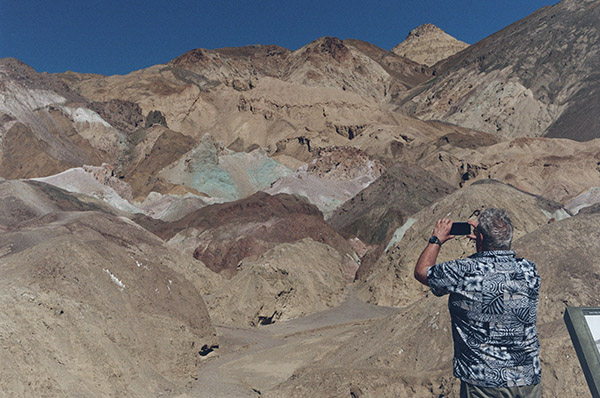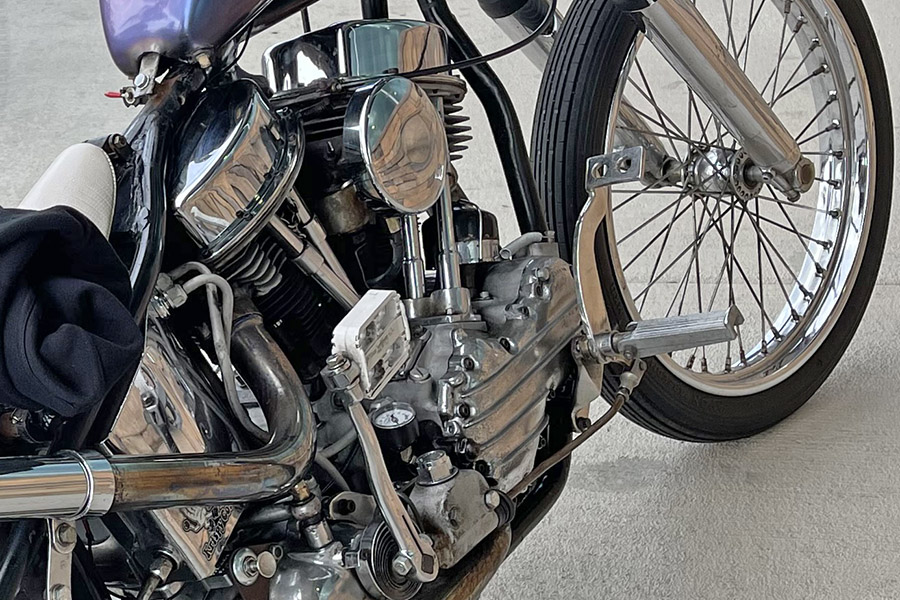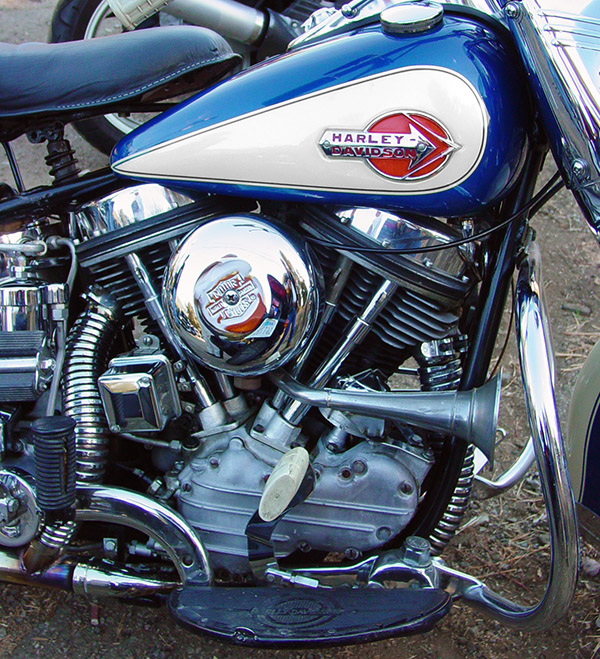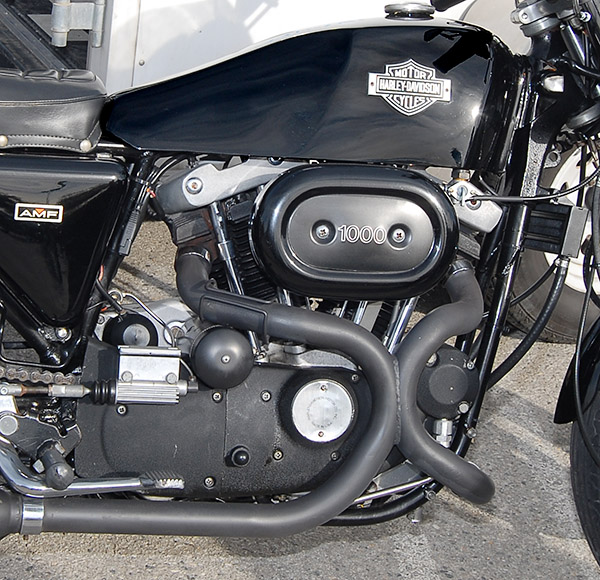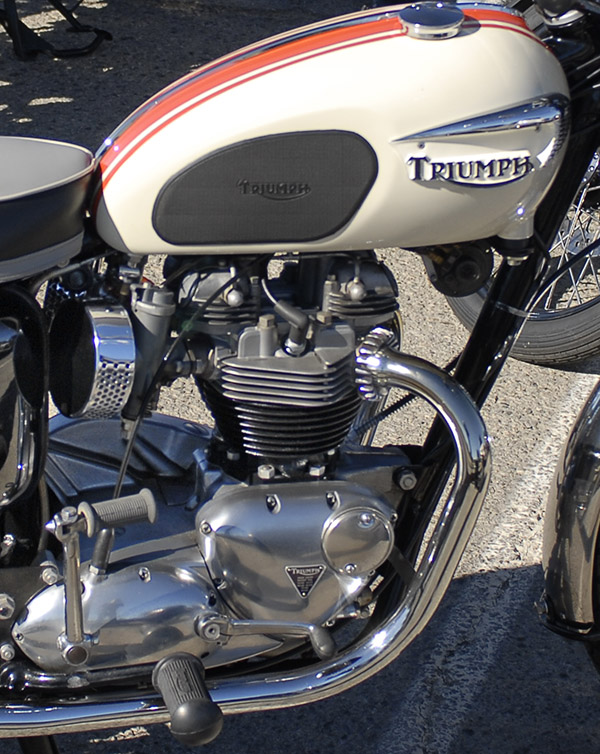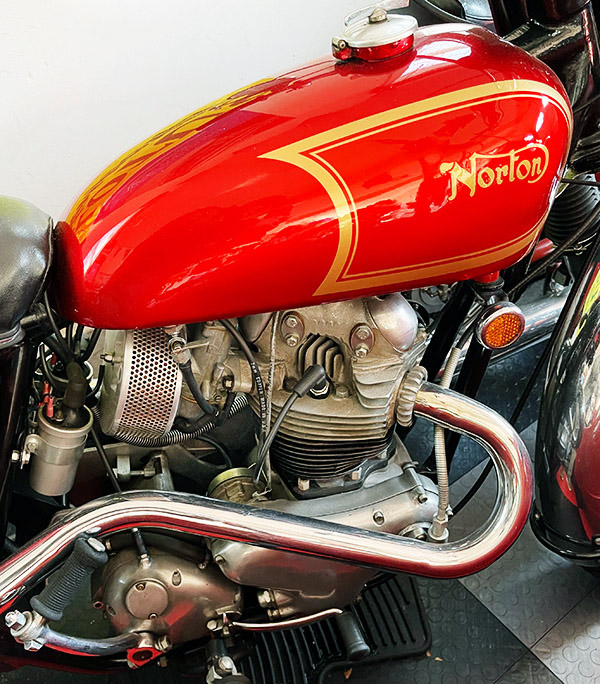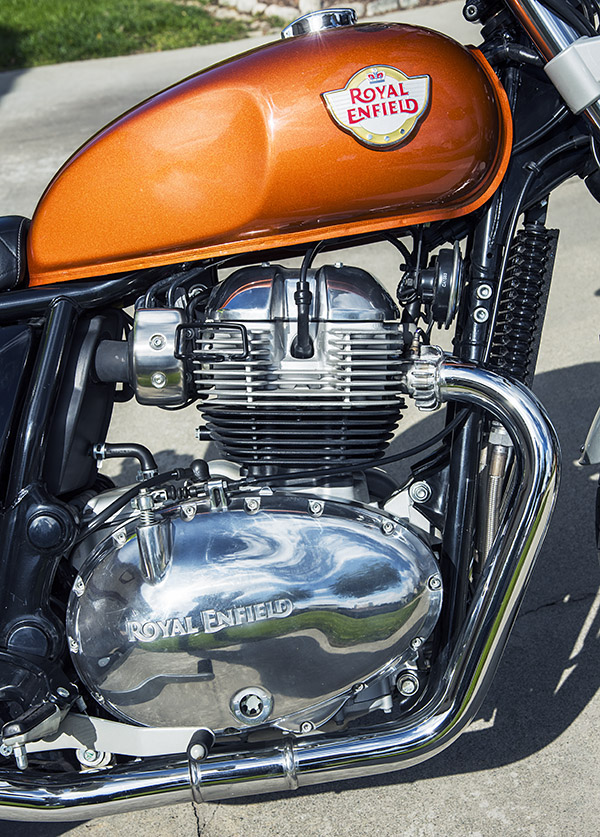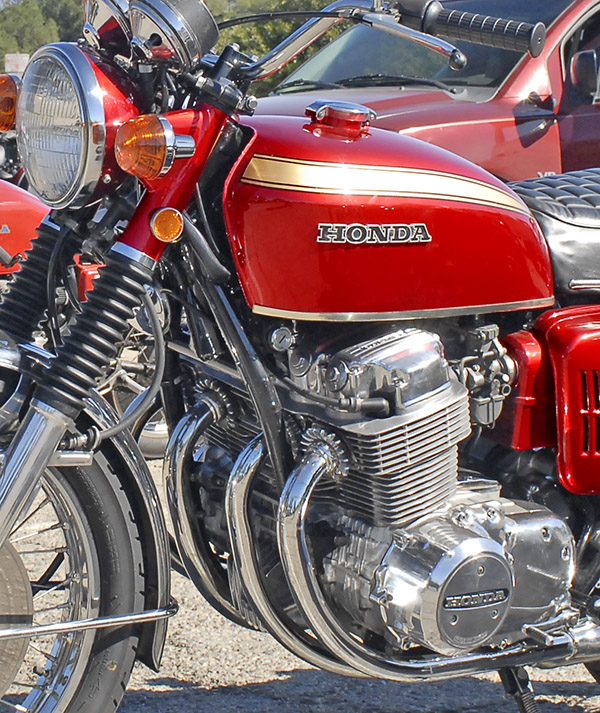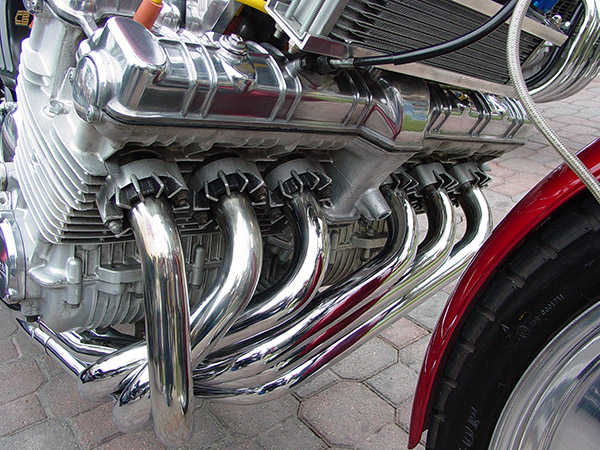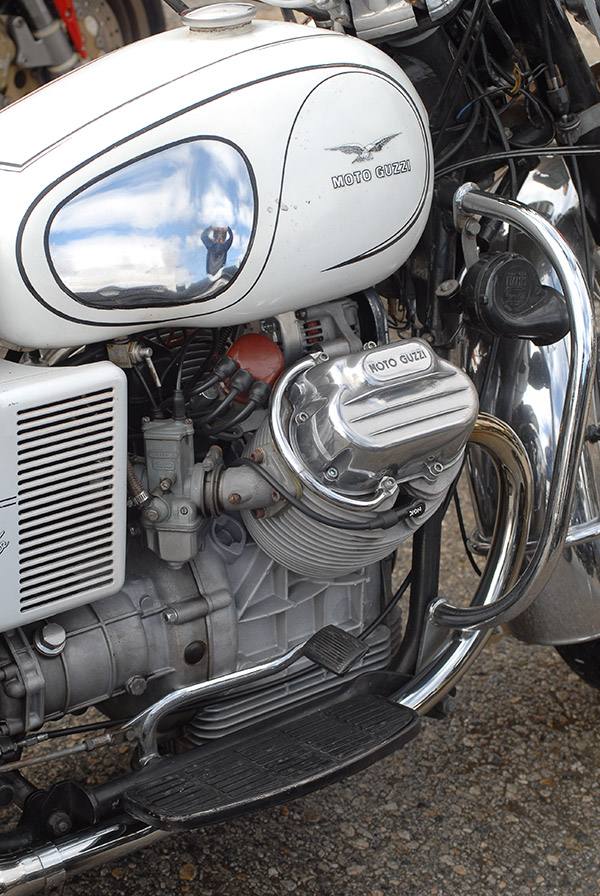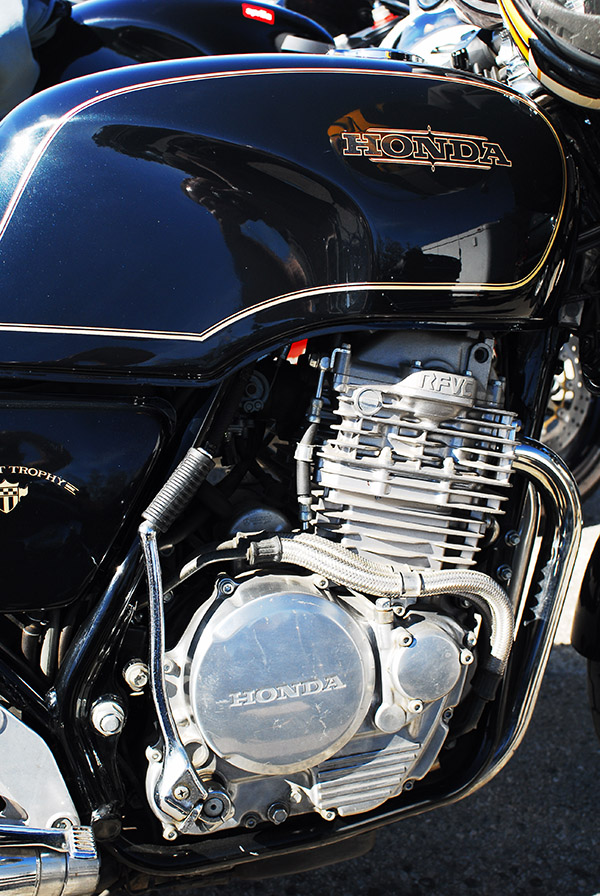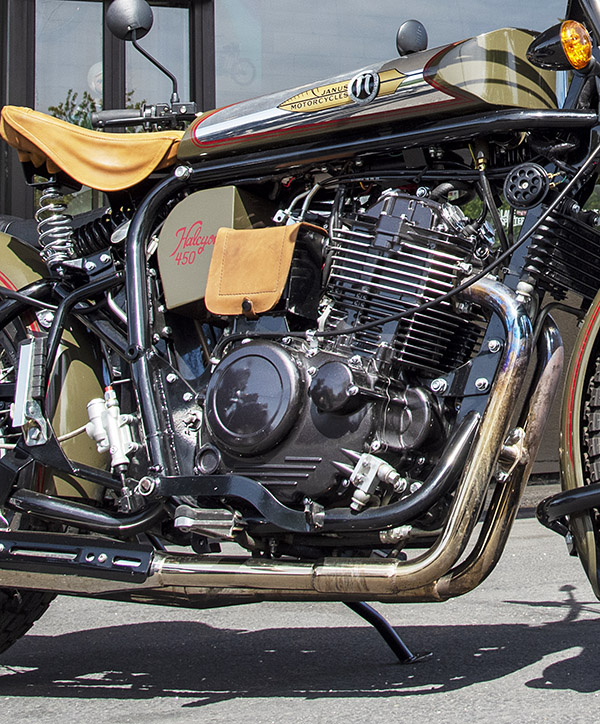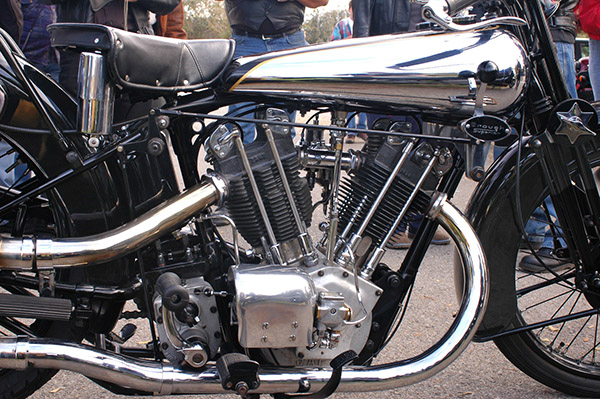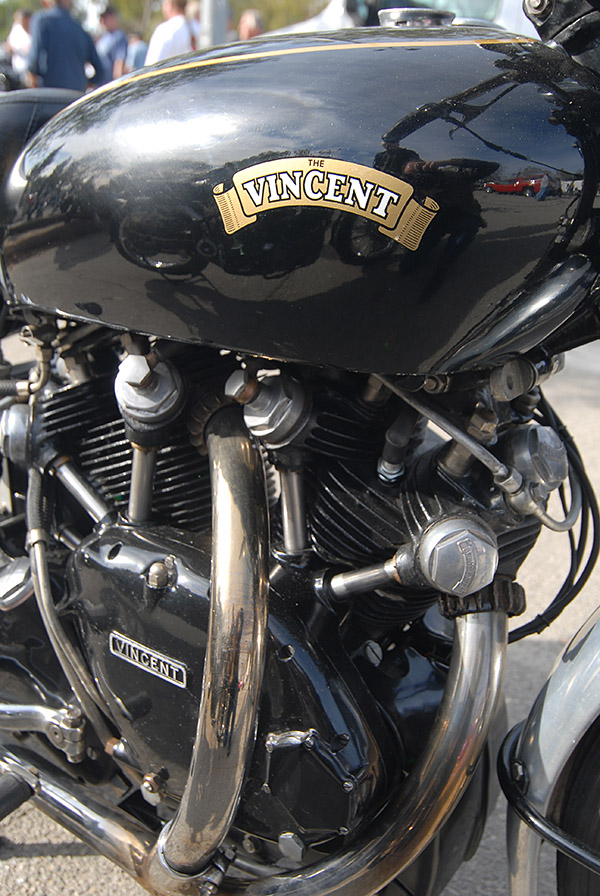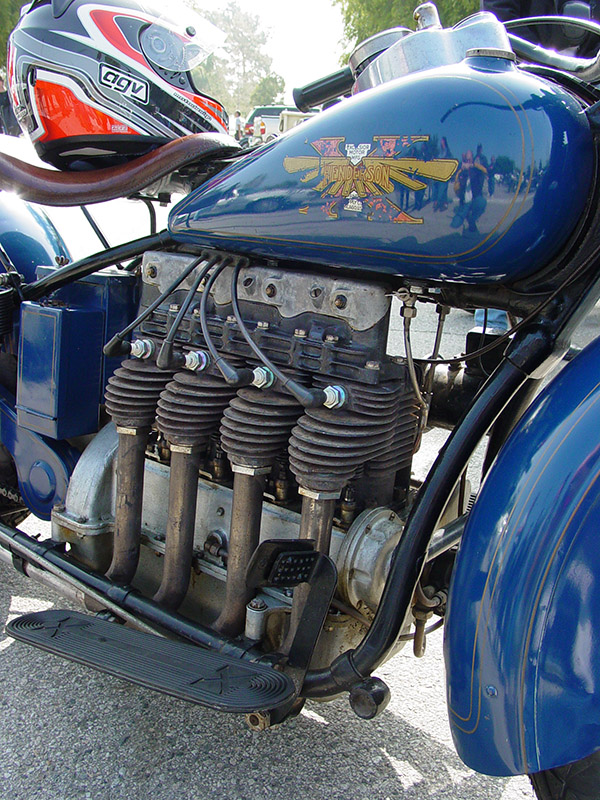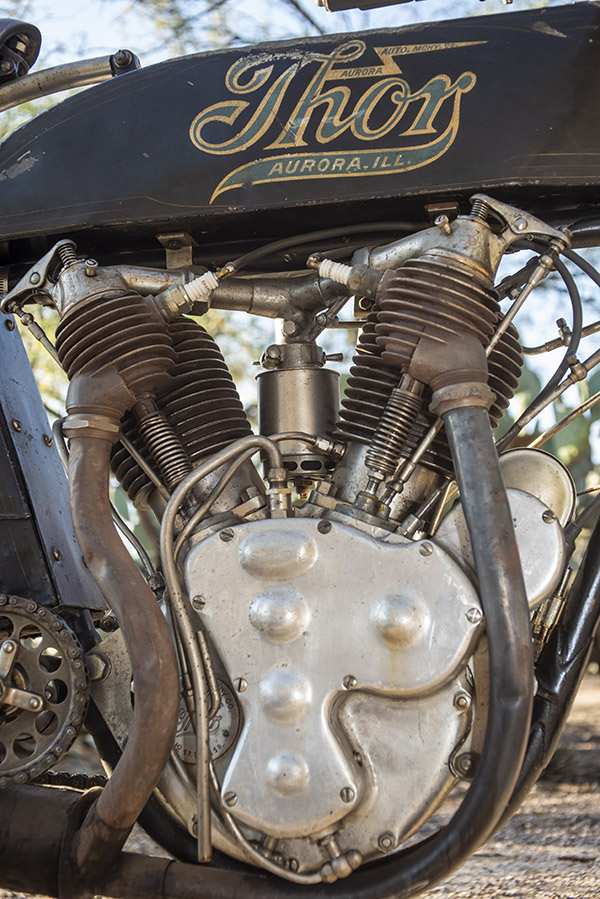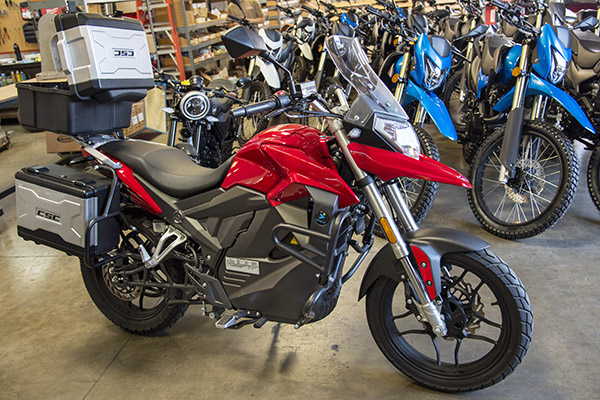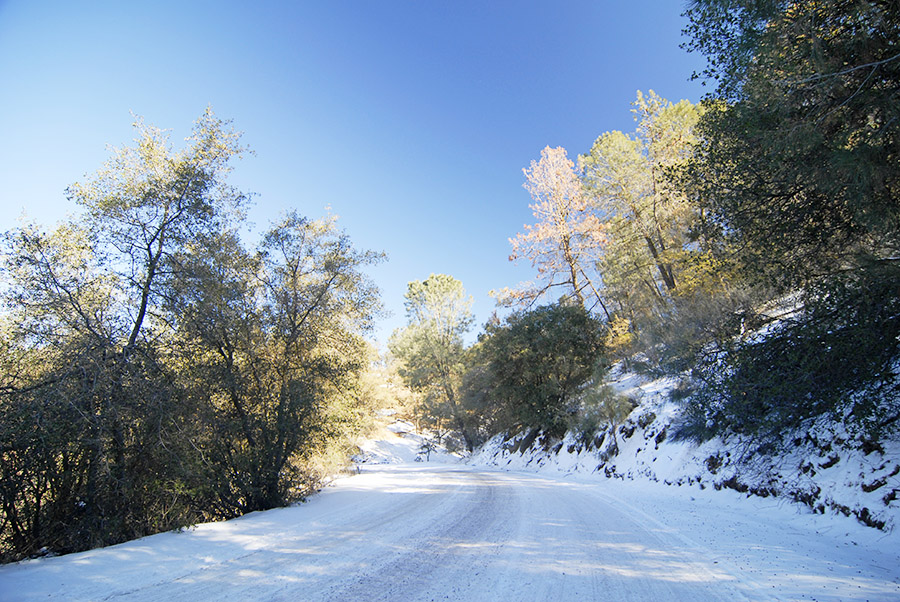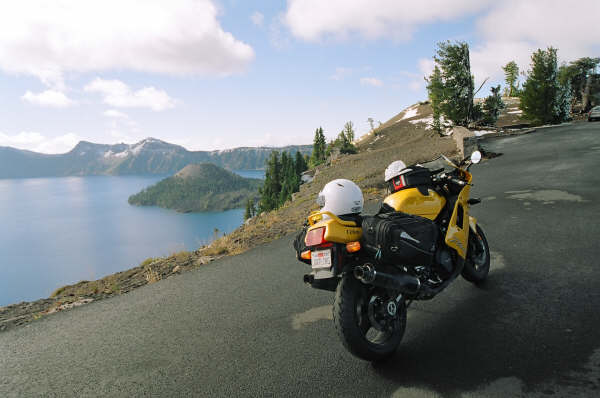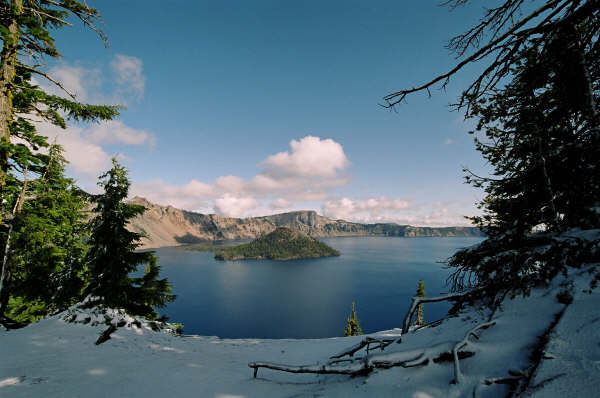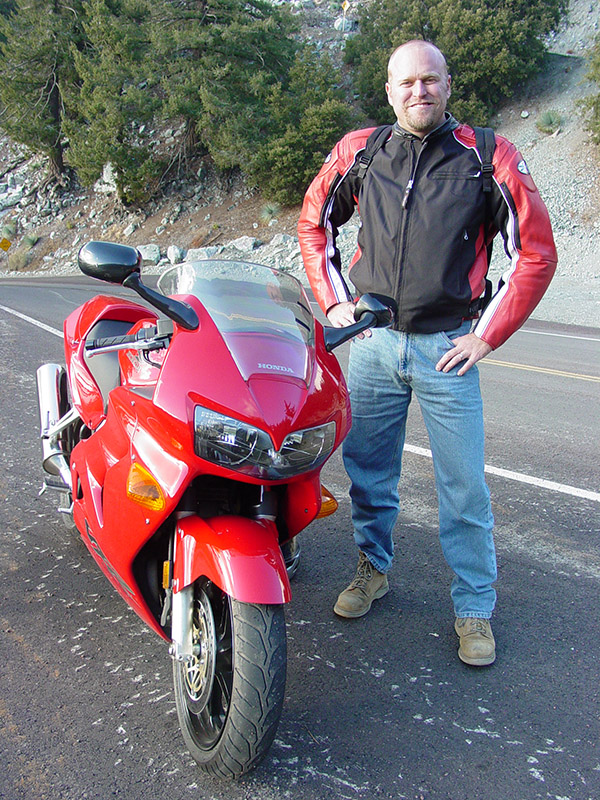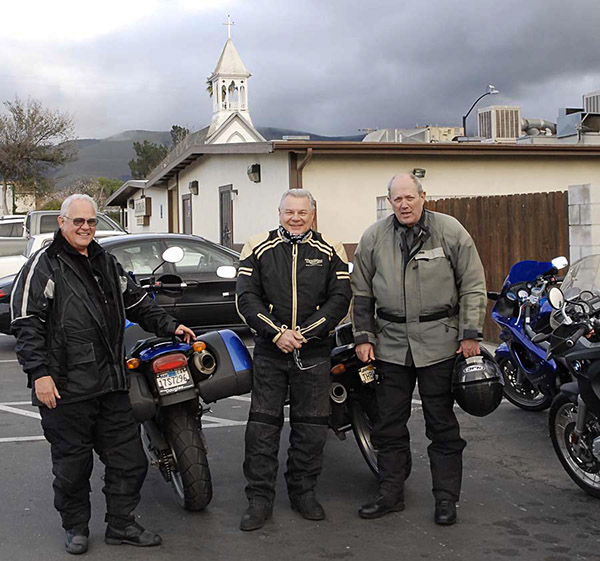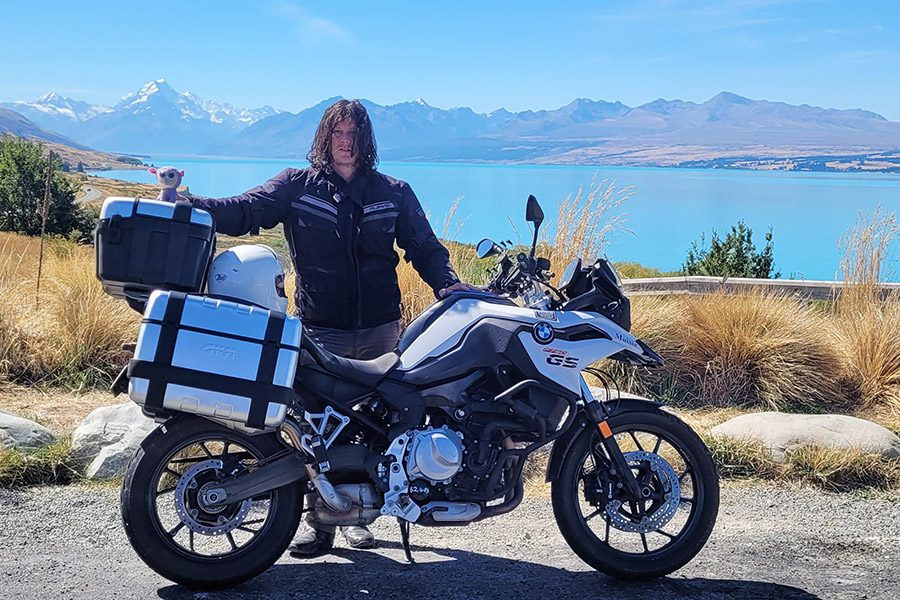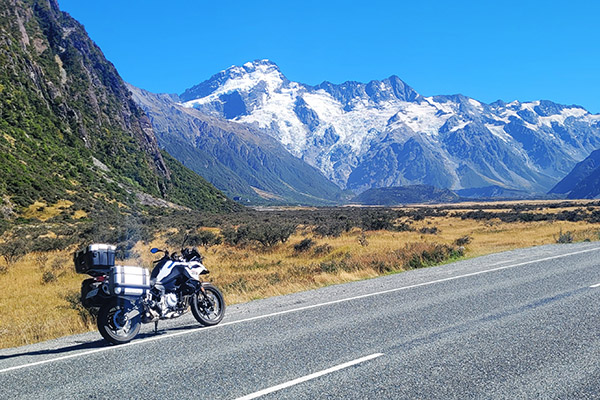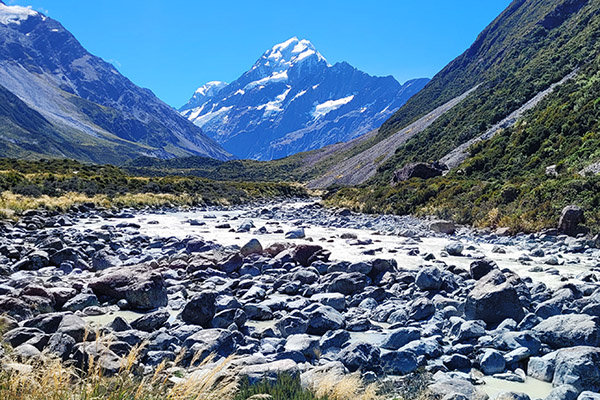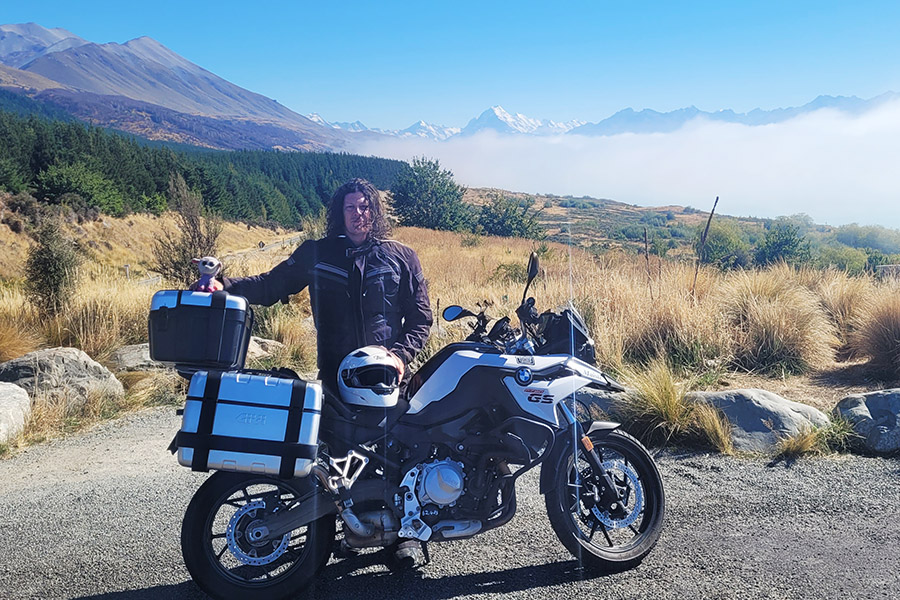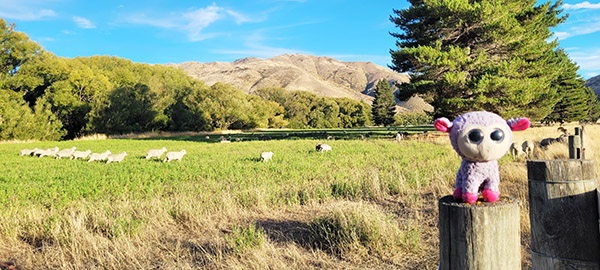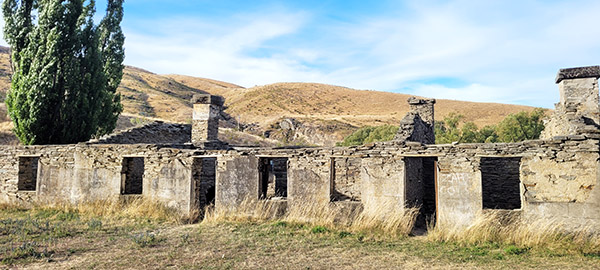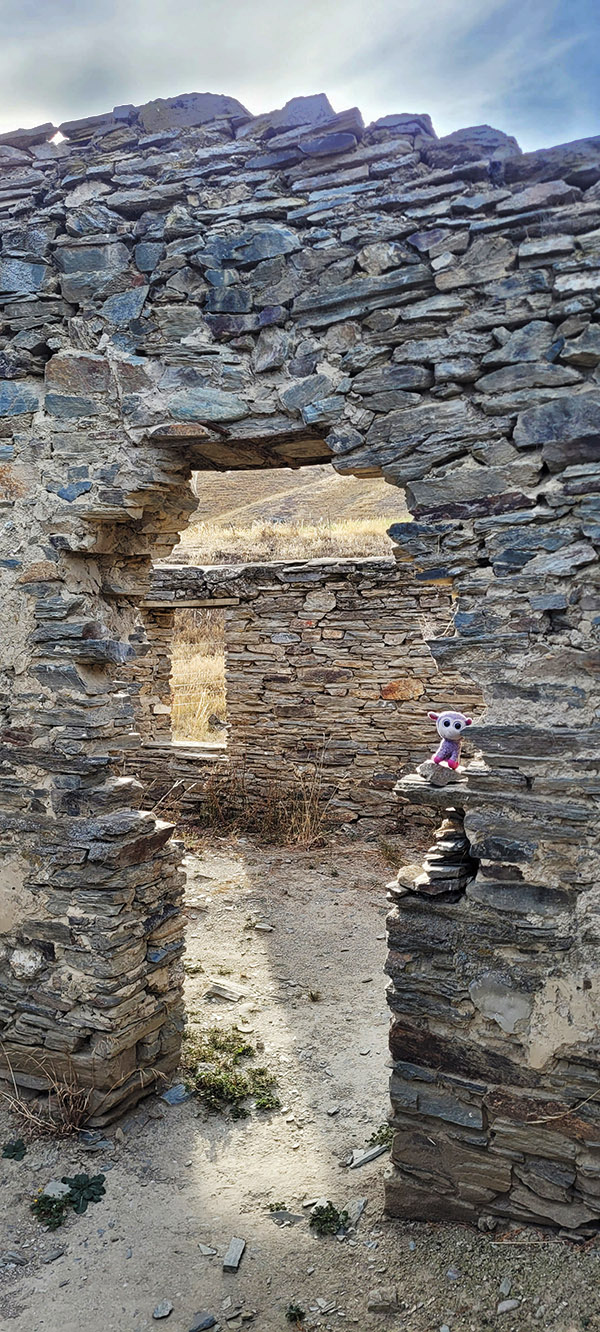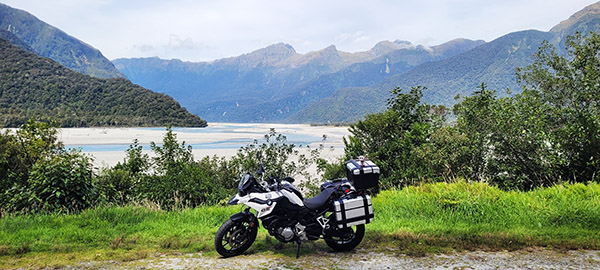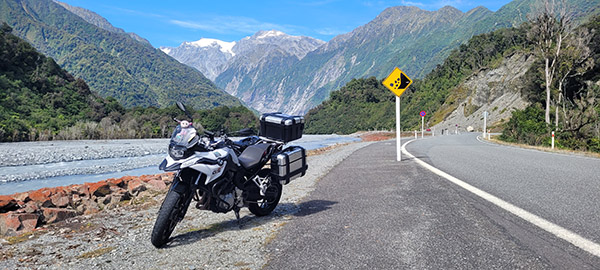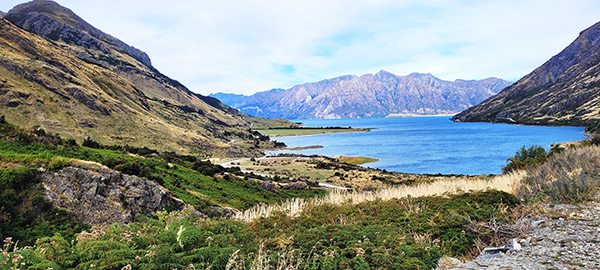Carl Bennett of the UK has contributed to the ExNotes blog before. He recently sent to us a piece related to riding gear and we thought you might enjoy it.
By Carl Bennett
One thing I never wanted to hear on a motorcycle was the Ra-ta-da-ta-da of my head, elbows, hips, knees and toes bouncing down the tarmac having come off it. Ok, you might have to be of a certain age and indeed of a more than certain pretentiousness to recognise the song and the joke in the title, if that’s not too strong a word for it, but if you ride, you’ll have thought about buying the stuff, if you haven’t already. Which I’m feeling as if everybody else in the universe already has.
Back when I started riding motorcycles, rider armour was something I read about in Bike magazine, something strictly for people like Barry Sheen, who was the nearest thing to the Bionic Man I’d ever heard of. For our younger readers, Barry Sheen dropped his bike at Daytona somewhere around 170mph when he was 24 when his tyre blew up.
“I was rolling, and I could feel all my skin coming off. I didn’t feel the leg because all I could feel was the skin tearing off my shoulders. I went to get up and looked down, and my leg was right-angled, poking under the other one.”
Barry Sheen
He broke his left femur, right wrist, forearm and collarbone, six broken ribs, and a few vertebrae, sandpapered a lot of his skin off and got himself a 40cm steel plate screwed into his leg bone to hold it together. I don’t know what it’s like to do 170 on a motorcycle, and on my antique BMW F650, it’s not something I’m likely to find out. But I do know I never want to feel anything like Barry Sheen that day. Or any other.
I’d seen a kid at school who came off his bike at something under 40mph, but as he was wearing one of those sleeveless tops with a strap over each shoulder, the kind of thing they made you wear at English schools for Games back in the days when the P.E. teacher would wander around the shower room to “make sure” everyone was washing. This kid had one big scab from his wrist to his shoulder for a couple of weeks. He’d given up gloves to keep cool.
My view back then was that the more I looked like Mad Max, the cooler I’d look, so I bought myself a leather jacket. The one I wanted was in a proper motorcycle dealer in Bath, just about affordable, padded with something at the shoulder and the elbow and bulked me up massively. It was also an unseemly shade of orange, which was probably why it was affordable. The other problem was all I had was a Yamaha FS1E. Seriously.
Instead, I got a jacket made for me by a chain-smoking hippy in a weird shop in Bath’s Walcot Nation. He got the leather from cutting up old jackets, handbags, or wherever he could find it for free, then lined the coat with an old wool blanket he’d probably dug out of a decommissioned Cold War bunker under Box Hill. I got full marks for recycling and alternative cred, but it was about as protective as the mini-skirts it was probably made from, and it stank of cigarettes for months until the wind blew the smell away.
When I got a 650 Triumph, I had to get something more becoming, so when I was on holiday and visited Truro market, I bought the Stranglers-style black leather jacket I’d always yearned for, for a massive £35. As Meatloaf used to tell us, it was long ago and far away. According to Google, that would be about £180 today, so it’s not so much better after all. When I got my Sportster, I got myself a Schott A2. Luckily, I never got to test either of these out seriously, but after that, I turned my Harley into a laser printer and a laptop to start a business that saw me around the world for 15 years or so, during which I didn’t have a bike and being dumb, gave away or sold all my kit, gloves, Ashman boots, Belstaff boots, open-face Bell 500, goggles, jackets, waxed cotton over-trousers, Rukka suit, the Schott, the lot.
Then, just before Christmas, Santa brought me a BMW 650. Before I rode it anywhere, I had to start from scratch, starting with a helmet. I drove up to Harleston on one of those crisp December days to find a shop full of bikes I didn’t even know the names of, where they totally ignored me, then on to a shed (always a sign of a better bike shop) full of guys my own age and more who tried very quietly but firmly to sell me a nice Triumph but didn’t have any helmets. When I got home, Best Beloved, who fondly recalled her tasselled leather jacket and Yamaha 650, took me to the nearest bike shop in Ipswich, marched me to the helmet racks and whipped out her bank card. She chose a flip-front helmet I’d never heard of. I tried it on in the shop, and the sales guy told me it was the right size. After talking me out of buying a Scott chain oiler, agreeing it would be ideal if I was riding Route 66 coast to coast but also pointing out quietly and firmly that, in fact, I wasn’t, she walked me to the till and then her car.
The biggest problem was my head. It’s huge. Seriously. It’s 63cm and 64 if I need a trip to the barber. I tried the shiny new, never-heard-of-the-maker polycarb (I know..) helmet on in my home office and couldn’t believe three things: How heavy it was. How much my head hurt. That the nice guy in the shop was lying when he’d told me the helmet was my size.
It clearly said 61cm on the label on the back of it, and yes, I most definitely had said 63 in the shop. Another Saturday, another trip to the store, and a full refund. I got a Bell online instead, with the Gold ACU sticker.
I’d forgotten, or rather never really knew, how fashion was now a massive part of motorcycles. This is good because it means old stock is Out Of Fashion, and the seller still has to sell it, so there’s a whole load of good stuff being sold off cheap because Oh-mi-Gard it’s last season’s gear.
The same day we went to the bike shop in Ipswich I answered an ad on Gumtree that promised leather jeans for £30. After a tour of the town’s lesser architectural gems southeast of the railway station we found the house and the guy who said he was giving up riding motorcycles. Whether or not that was true, £30 bought a fantastic pair of leather bike jeans, padded at the knee. Ok, they zip from the wrong side and possibly, just possibly the cut makes them fit slightly like jodhpurs, more as if I was going to co-pilot Amy Johnson than ride a motorcycle, but hey. £30. A significant upgrade on Levi’s for protection anyway, and I’m too embarrassed to say when I remember Levi’s were £30 anyway.
The brand new Halversen gloves donated to a charity shop on Ebay were better than the ones I used to ride with, despite the Mad Max-style knuckle dusters that seem to be a legal requirement for riding gloves these days. The Bering jacket was the best thing though. I was intending to use my old leather jacket. Not the Schott that went to Ebay about five years back but the one I bought one Christmas in Fuengirola about 20 years back when it wouldn’t stop raining. After waxing it, soaking it in neatsfoot oil, daubing it with cocoa-butter and generally stinking my office up I realised that I might as well just buy something with armour and have done with it.
The Bering was a ludicrous £89, and that’s from a man who still thinks £4.95 is a benchmark price for pheasant pie, chips and peas, which I used to get for quiet evenings on my own in Stow-On-The-Wold back when I had a 400-year old house there. It’s got armour in the elbows and the shoulders, and a slot to stuff more armour down the back. It’s blue instead of leather coloured, with a twin zip up the front and a zip across the shoulders at the back, so that in summer you can ventilate yourself on the three weeks it ever gets above 80 Fahrenheit in the U.K. It’s made of 600 denier Cordura with a woven aluminium zip-in full lining for winter, and a handy strap and a brass buckle at the throat. More to the point, despite all the protection and windproofing, it doesn’t make me look like I’m auditioning for a Mad Max film. Best Beloved, who sews for a living, took one look at it and said “That’s a £300 jacket.”
Now, maybe it’s me, but if I’m spending £300 on a jacket I’m only going to wear in one eventuality, on the back of a motorcycle or anywhere else, then I want it to look pretty special. Some lizard skin detailing, maybe, or a paisley lining. Instead I get armour and fine-spun aluminium. When I started riding the biggest deal in protective clothing was whether you could find white sea-boot socks to turn down over the top of your knee-length zip-up boots, the ones where the only armour insert was a steel plate in the right instep, for the kick-starter.
The older I get the more I realise that saying is true: the past is another country. They do things differently there. And just sometimes, at least when it comes to motorcycle clothing, they do some things a whole lot better here.
Carl, thanks much. It’s a good writeup, I enjoyed reading it, and I think our readers will, too. ExNotes readers, if you’d like to follow Carl’s blog, the link is writer-insighter.com.
Never miss an ExNotes blog:

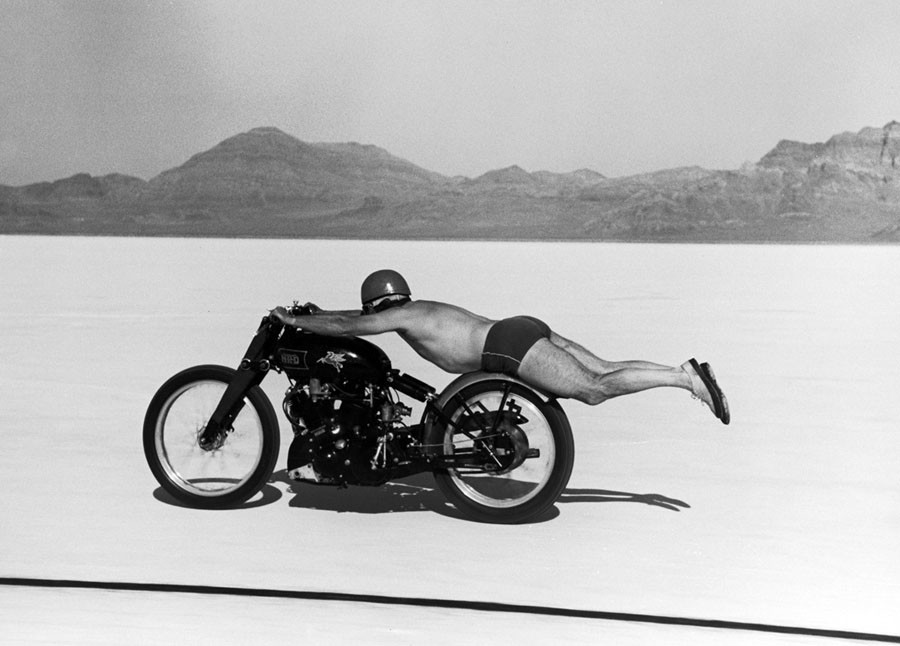

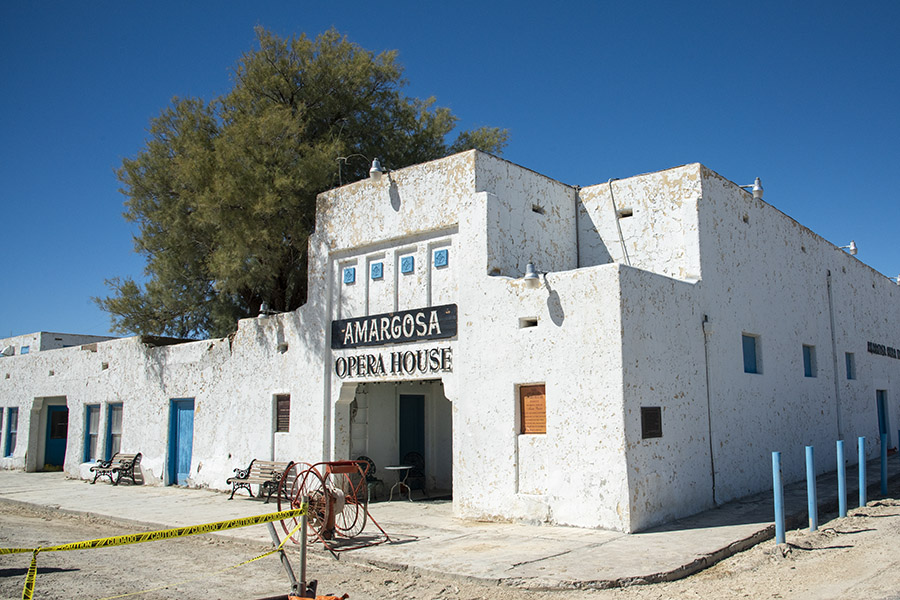


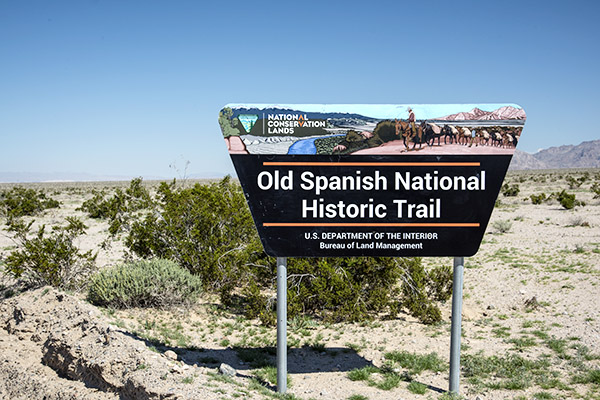
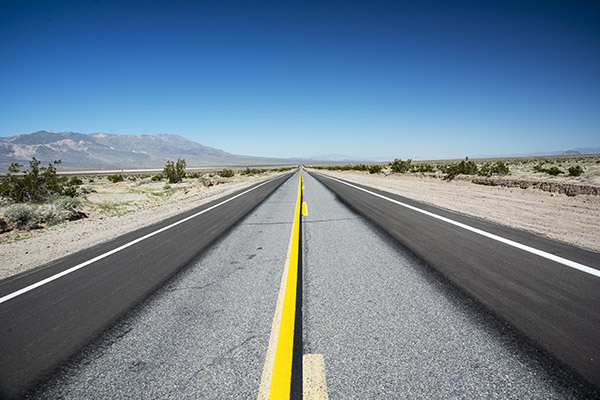

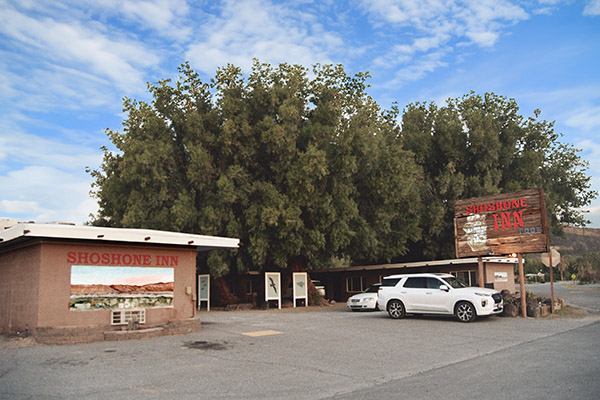
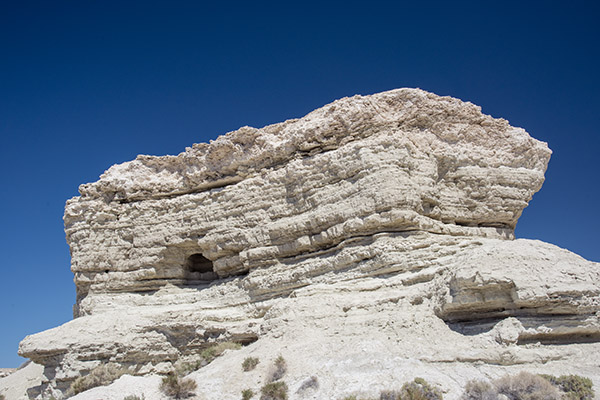

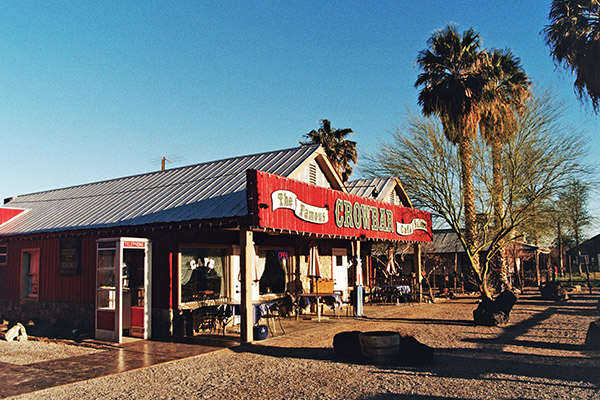
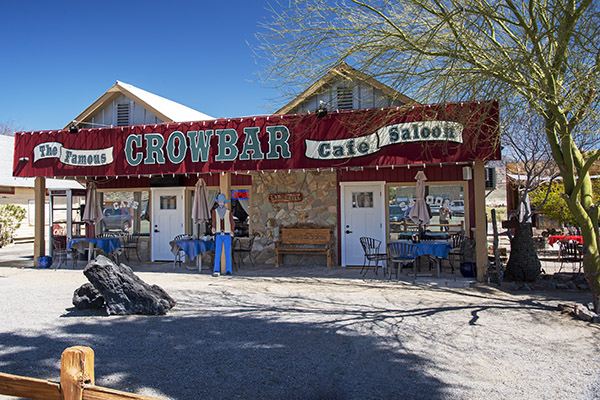
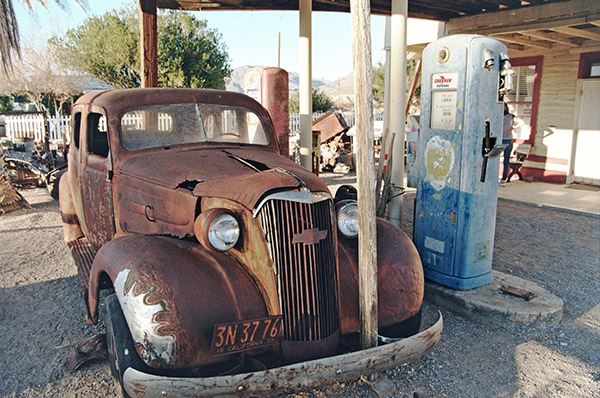
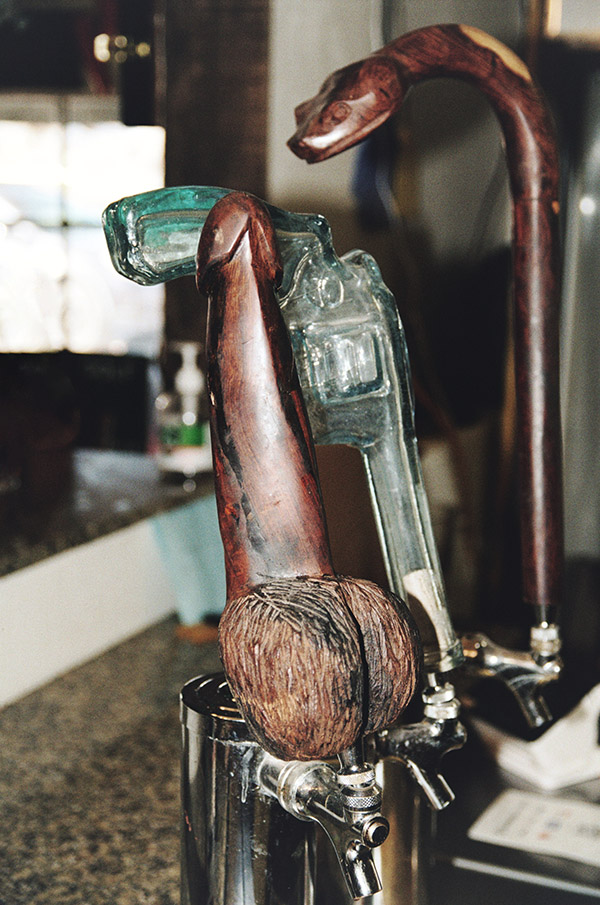

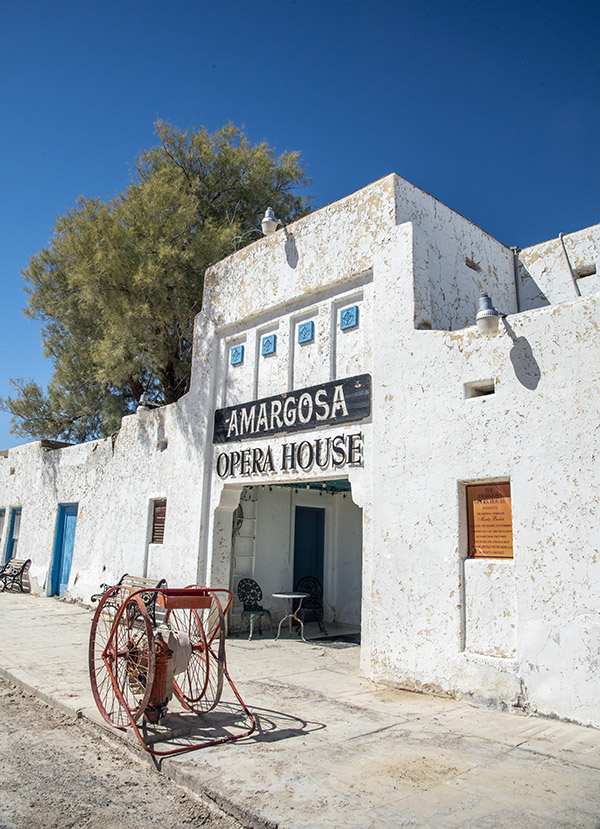
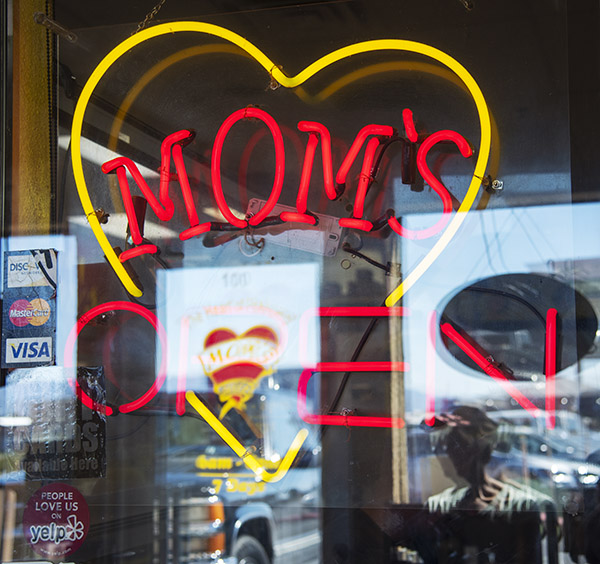
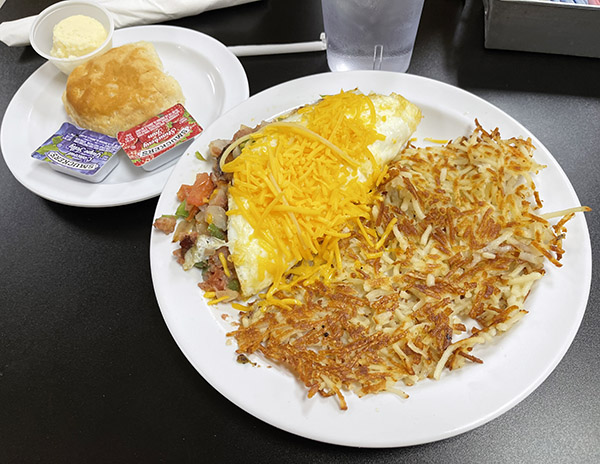
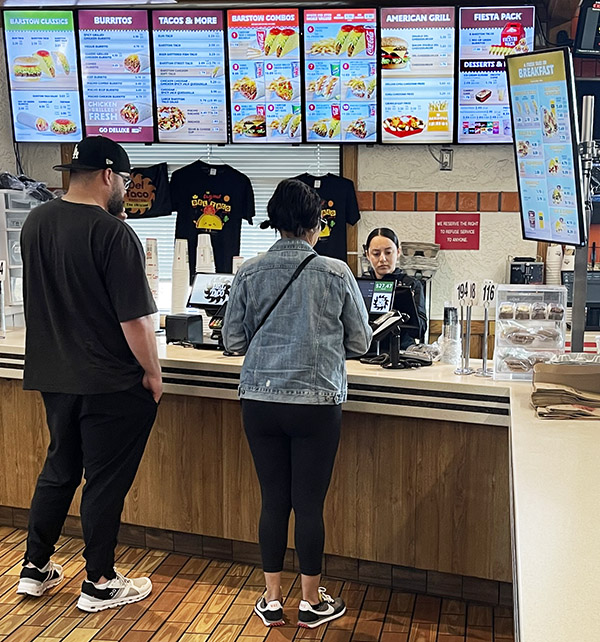


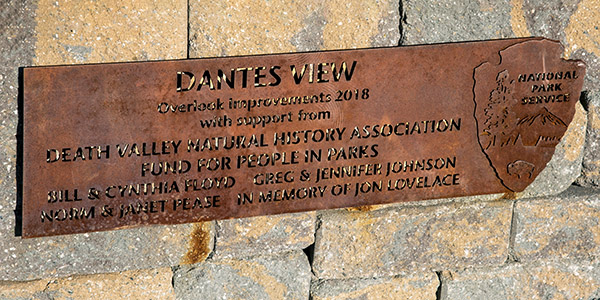
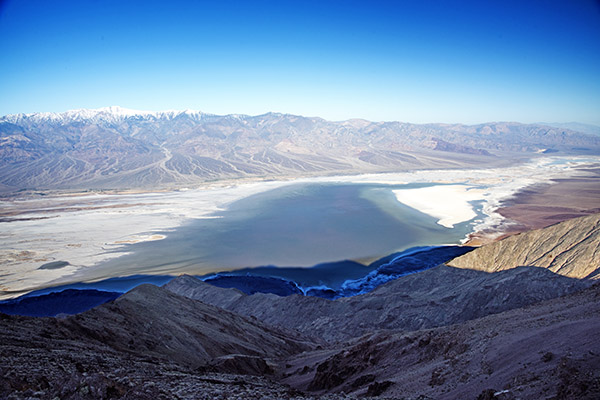

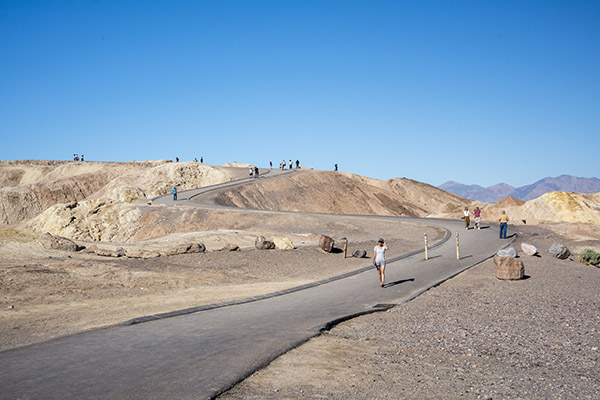
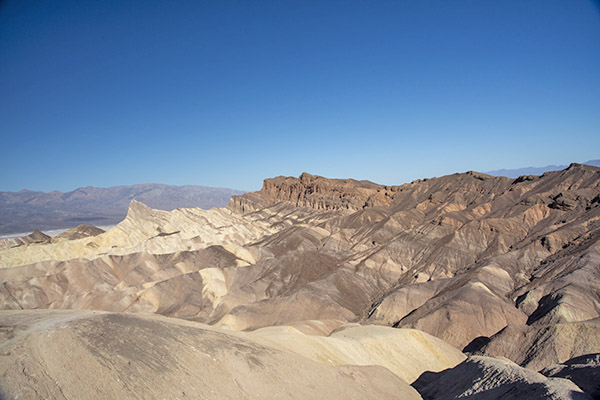
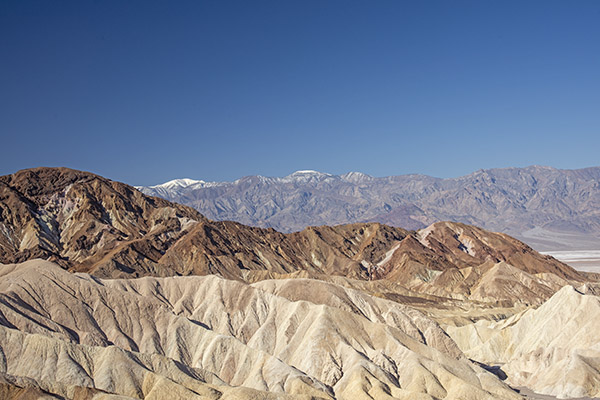
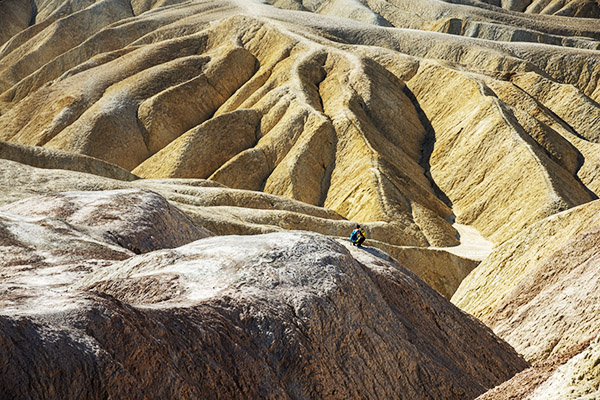
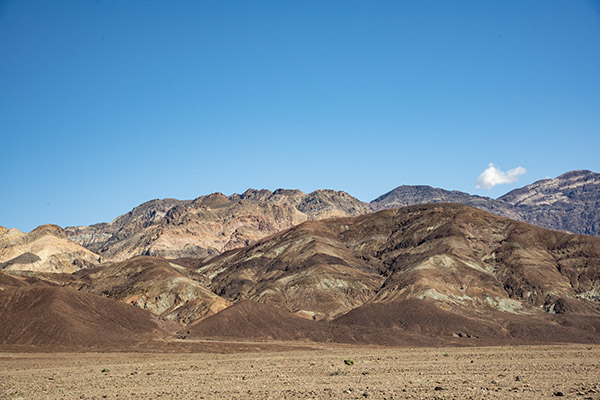
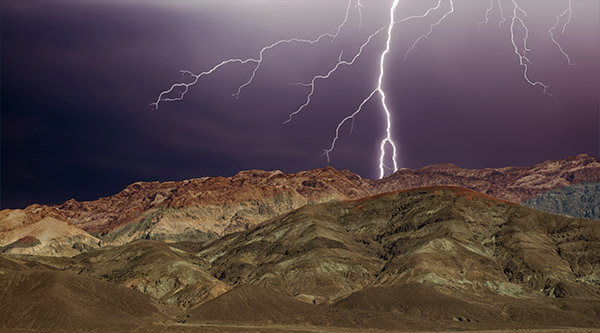




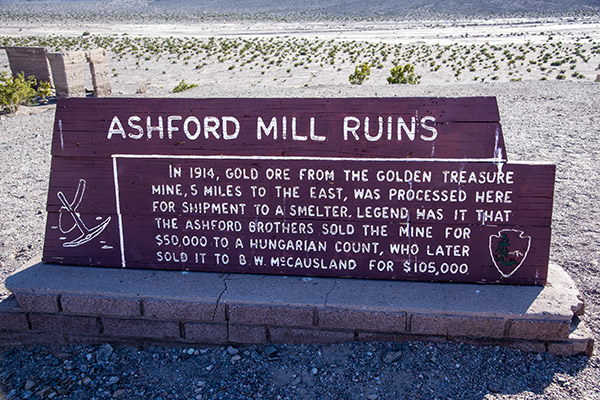
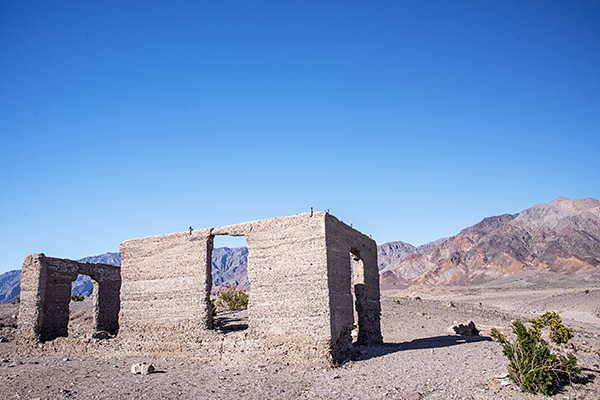
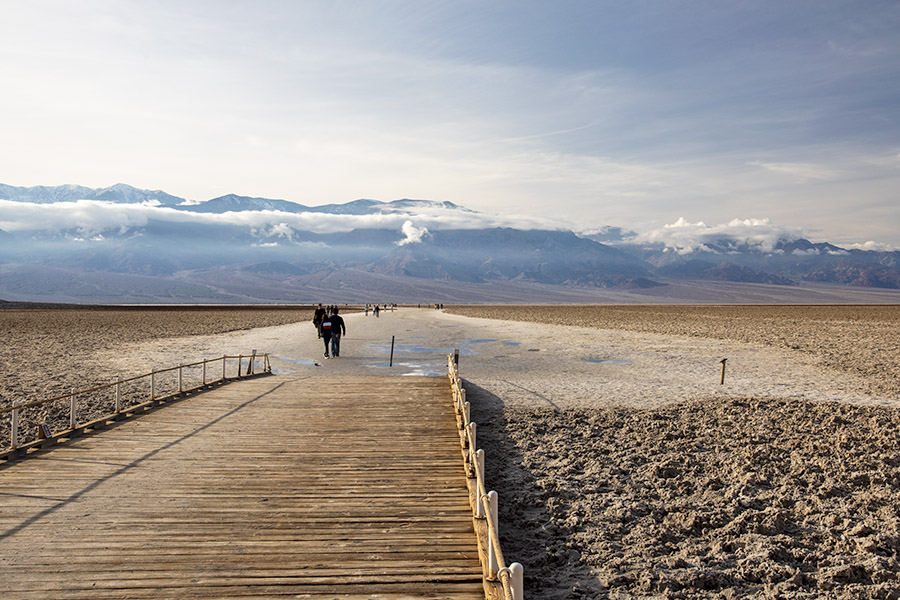
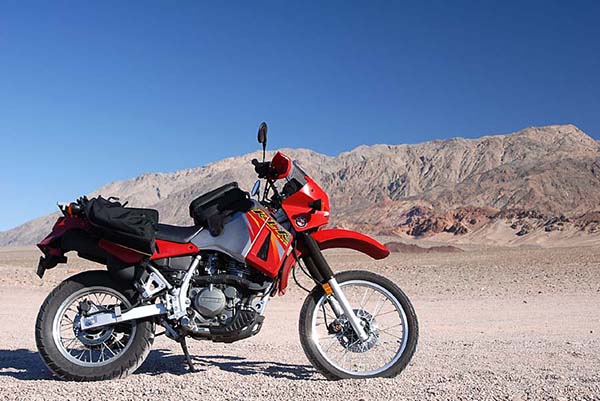
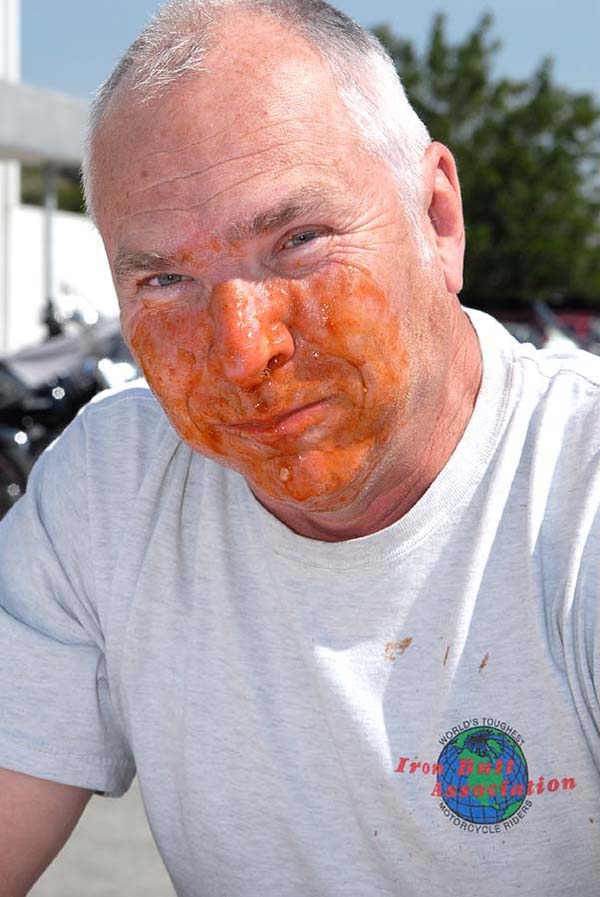
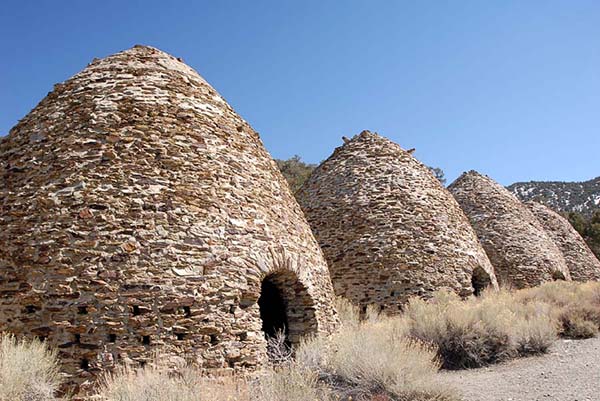
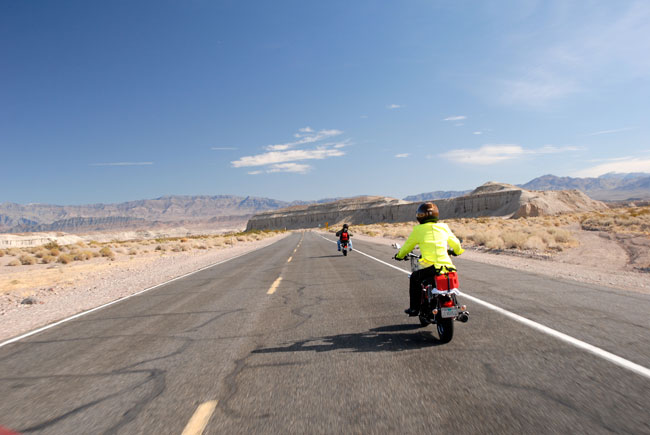
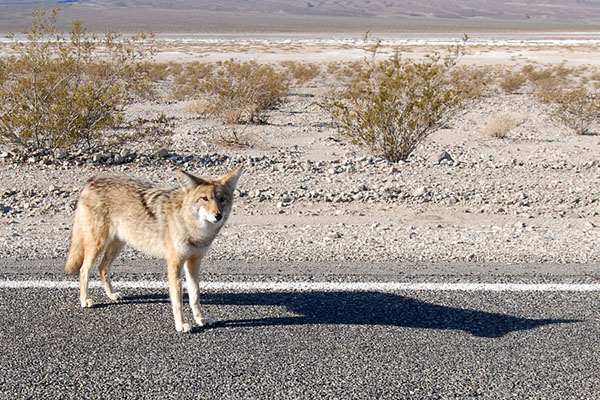
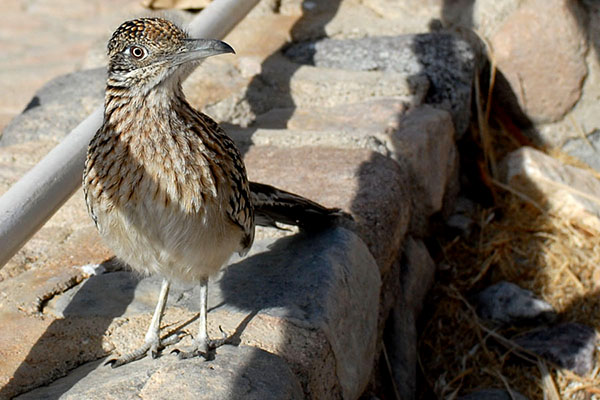


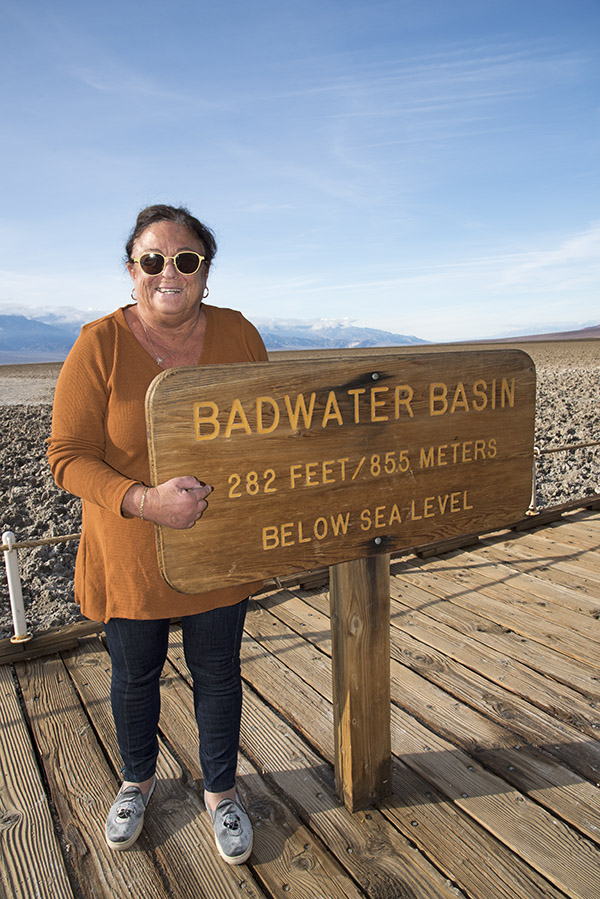



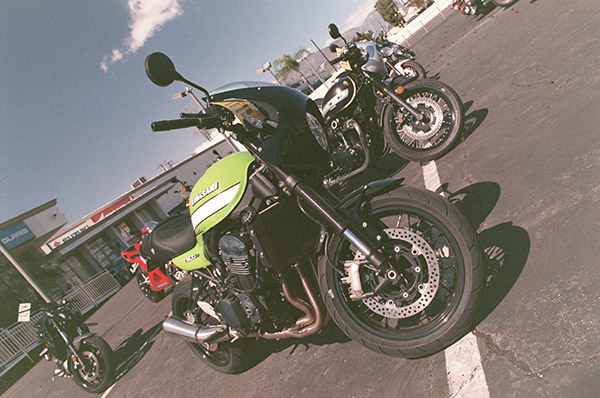
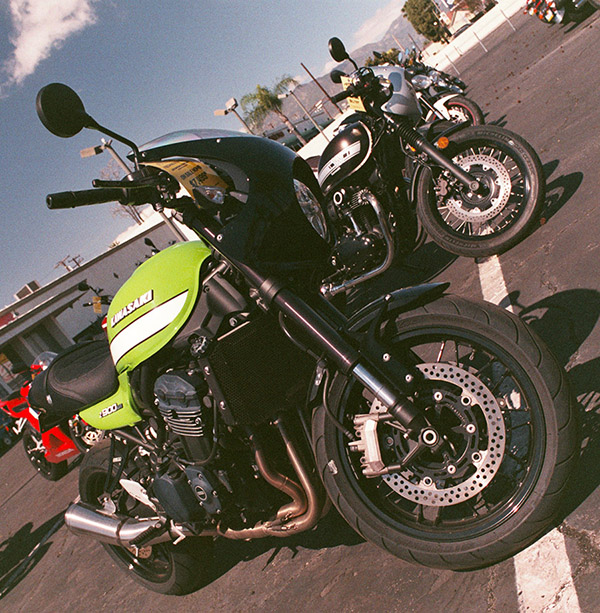

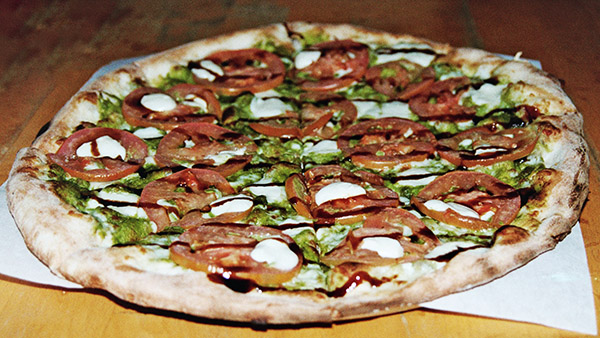
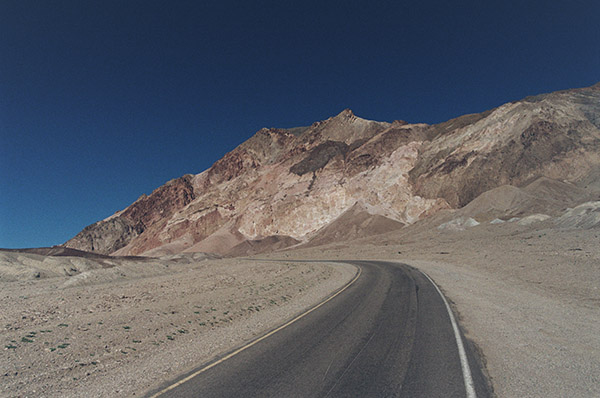 Here’s that image with its levels and curves adjusted:
Here’s that image with its levels and curves adjusted: